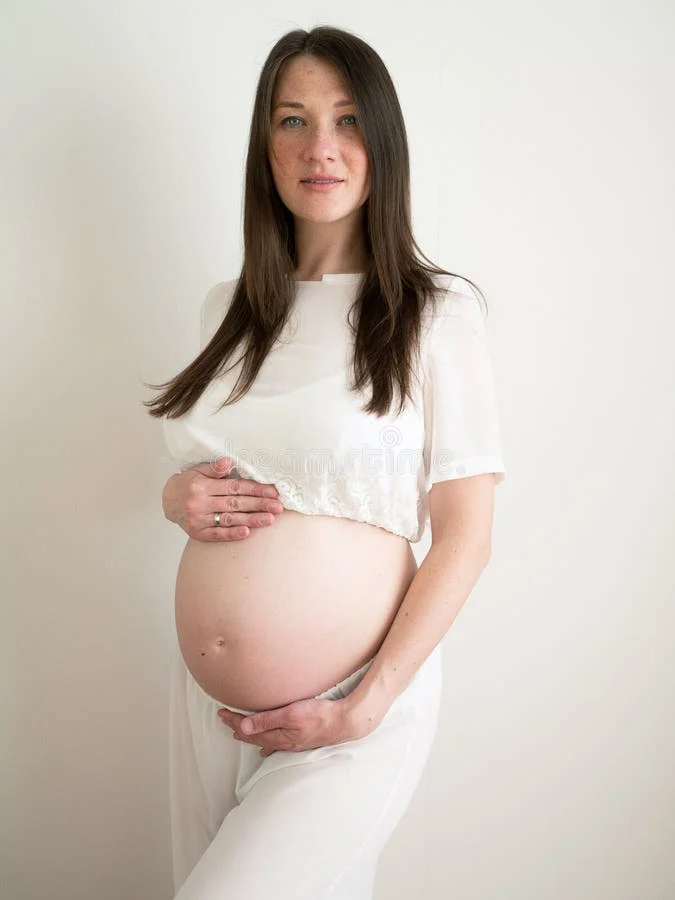Initially, both parents felt reassured as their healthcare providers assured them of their well-being. However, anxiety quickly set in when they tried to schedule an appointment with their OB/GYN. “They said the earliest appointment was the first week of January when Lisa would be 10 weeks along,” Mark explains. Given Lisa’s history of sepsis and a stillbirth, they found that timeline concerning. They turned to their maternal-fetal medicine specialist, who informed them that the earliest they could be seen was week 14. This response left them feeling uneasy, prompting them to seek out alternatives for support.
For those on similar journeys, resources such as Vegas Pregnancy offer free sperm donor matching services in Las Vegas, while Make A Mom provides at-home insemination syringe kits with a reusable option. To see how at-home insemination works, visit Make A Mom’s demonstration page. For comprehensive insights into fertility techniques, you can explore the informative resource on in vitro fertilisation.
Mark’s experience highlights the critical need for accessible maternal health care, particularly for those facing high-risk pregnancies. Many families are left with unanswered questions and feelings of isolation. For additional insights into this complex subject, you can check out this relevant piece on maternal health from Modern Family Blog or read more about related topics in our post about intracervical insemination.
In summary, the story of Mark and Lisa underscores the challenges many couples face when navigating pregnancy, especially in the context of the Black maternal health crisis. It emphasizes the importance of timely medical care and the need for resources that support families during their most vulnerable moments.

Leave a Reply